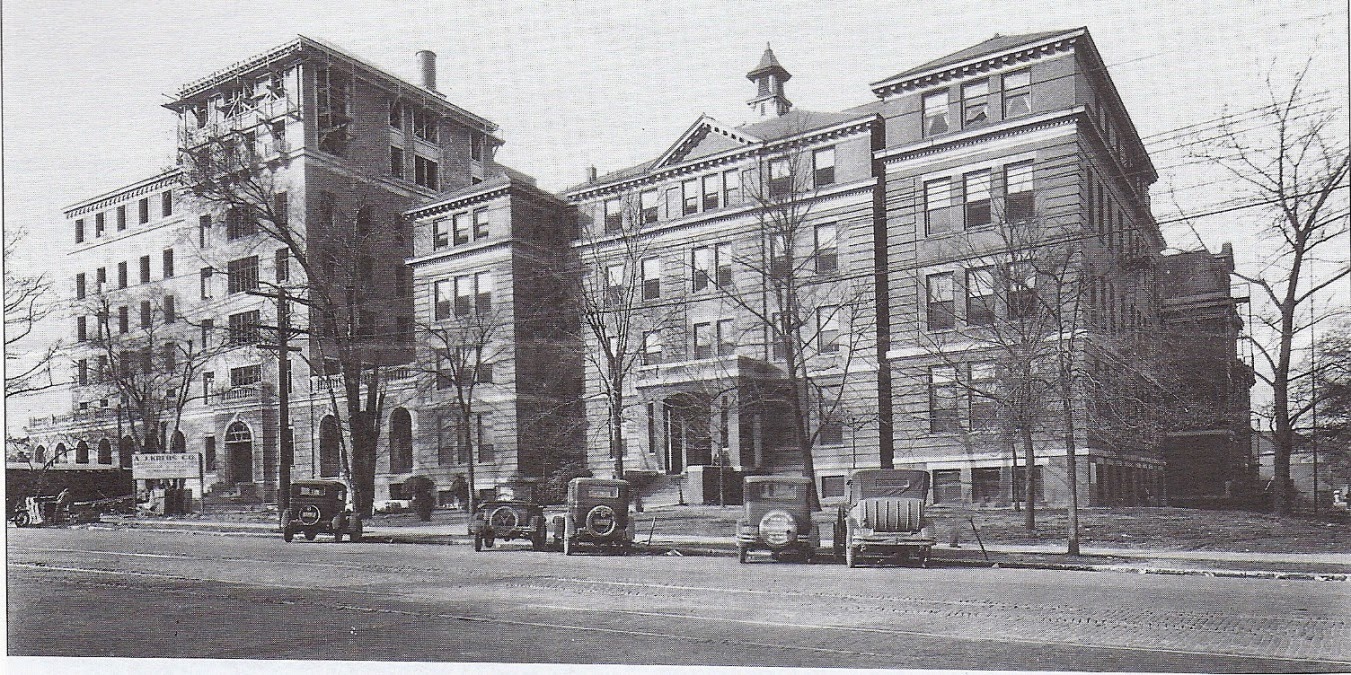Over the decades many other types of
spectacular entertainments have visited the city. In the late nineteenth and
early twentieth centuries several different wild west shows came through
Birmingham. These performances combined elements from the circus and vaudeville
with a setting in the American West of the post-Civil War period. A number of
men and women who had lived and worked in that time and place, becoming famous
in the process, toured with these shows.
Perhaps the best known was Buffalo
Bill’s Wild West. Beginning in 1868 William “Buffalo Bill” Cody was a civilian
scout for the U.S. Cavalry and in 1872 won a Medal of Honor for gallantry. In
December of that year Cody appeared in Ned Buntline’s show “The Scouts of the
Prairie” in Chicago. After a decade with Buntline, Cody began “Buffalo Bill’s
Wild West” in Nebraska and toured various incarnations throughout the U.S. and
Europe until the eve of World War I. Cody died in 1917.
Cody’s shows were a grand spectacle
combining many elements. Well-known individuals such as Annie Oakley, her
husband Frank Butler, Calamity Jane and Sitting Bull performed. Scenes of
western history such as Custer’s last stand, rides of the Pony Express,
stagecoach robberies and attacks on wagon trains were included. As the show
grew more elaborate, riders, horses and costumes from Turkey, South America,
Mongolia, Arabia and other exotic places were added. In many cities the show’s
arrival was announced with an elaborate parade before the first show.
Buffalo Bill's wild
west and congress of rough riders of the world
Poster showing cowboys rounding up cattle & portrait of Col. W.F. Cody on
horseback. c.1899
Cody’s show first arrived in Birmingham in October 1895 via
that traditional parade. In October 1901 the show appeared as “Buffalo Bill’s
Wild West and Congress of Rough Riders” thus giving equal billing to the
volunteer cavalry units of the Spanish-American War. Annie Oakley and Johnny
“Cowboy Kid” Baker performed their sharpshooting skills.
Other portions of the
show re-enacted battles in the Boer War in South Africa and the Boxer Rebellion
in China; scenes of the Canadian Mounted Rifles; and the U.S. Life Saving
Service. Thus Cody kept the show updated with recent events that were
appropriate to his format. Advanced tickets were sold at Norton’s Drug Store.
By his 1909 appearance Cody’s show had
combined with that of another wild west veteran, Pawnee Bill. Tickets were
available at the Crystal Palace Drug Store. This version also appeared in 1911
and 1913 and in Tuscaloosa in 1912. Opelika saw Cody’s show as early as 1880,
and again in 1901 [along with Gadsden] and 1907.
Gordon “Pawnee Bill” Lillie began
working at the Pawnee agency in Indian Territory at the age of 19. He joined
Cody’s show as an interpreter in 1883. After his marriage he and wife May began their
own touring show, Pawnee Bill’s Historic Wild West. In 1908 he and Cody merged
their shows. Lillie died in 1942, but his legacy continues at his former buffalo ranch near Pawnee, Oklahoma, which houses a museum and hosts various
events. The show wintered in Birmingham in 1905-06.
Poster for Pawnee
Bill's Historic Wild West.
Another western show is known to
have stopped in the Magic City during this period. The Kit Carson Buffalo Ranch
Wild West Show wintered here in 1913-14.
Later in 1914 the show ended in Kentucky with complaints of cheating and
claims by creditors.
A traditional circus, the Sells and
Downs Shows, wintered in Birmingham after ending its 1905 run in Sylacauga.
Ticket receipts were stolen, and the company had to hold an auction of animals
and equipment at Smith’s Park in January 1906. The items were purchased by
James Bailey, of Barnum and Bailey, and put the production back on the road as
part of the Cole Brothers Circus.
Birmingham has a rich history of appearances by circuses and Wild West shows that awaits further research. A large number of photographs of the early Wild West shows can be found at the Denver Public Library's Digital Collections. Another large group of photographs of Native Americans from Buffalo Bill's show, taken in New York City around 1898, can be found here.
For more information, see James L. Baggett's piece, "The Wild West Comes to Birmingham" in the Birmingham Public Library's Digital Collections.
For more information, see James L. Baggett's piece, "The Wild West Comes to Birmingham" in the Birmingham Public Library's Digital Collections.
Sources used
for this article included BhamWiki and Wikipedia.
This piece
first appeared at DiscoverBirmingham.org in May 2014.













